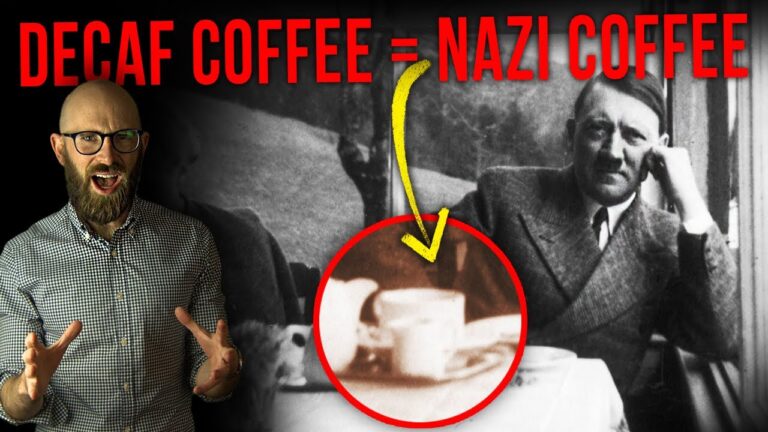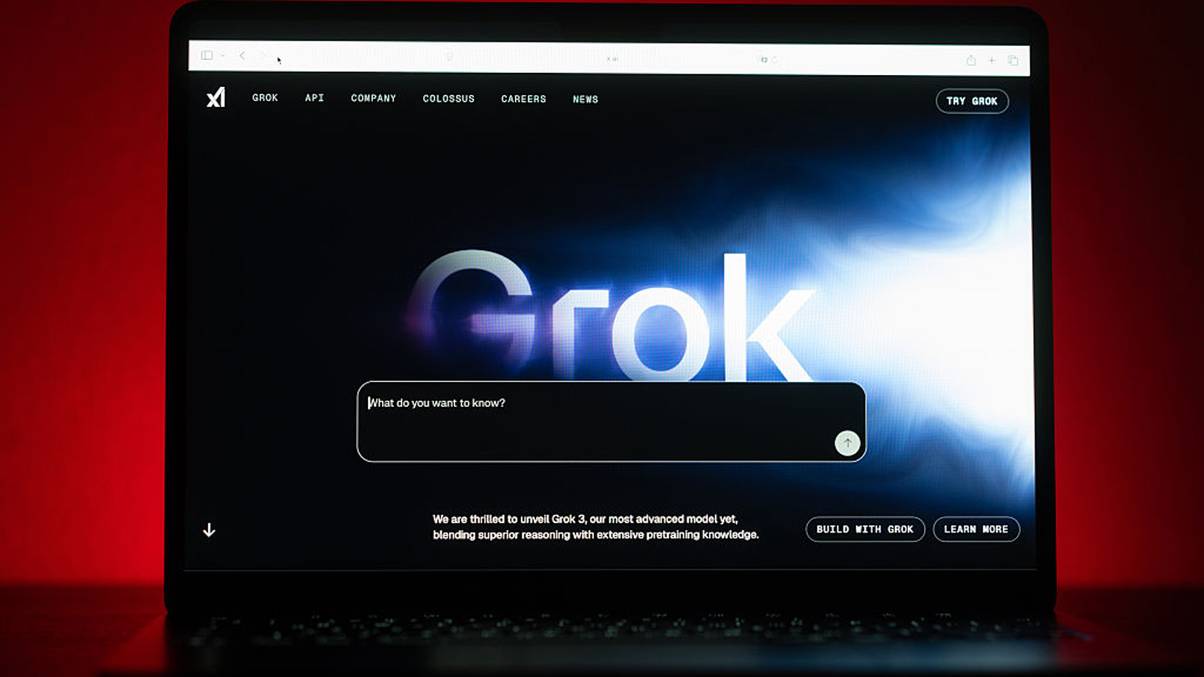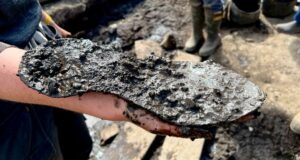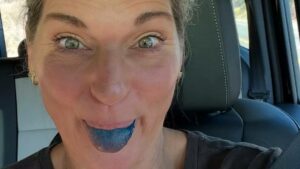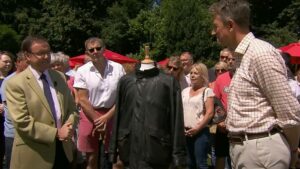“Unveiling the Secrets: How Your Favorite Drinks Lose Their Kick Without Losing Flavor!”
Kaffee HAG’s process, known as the direct organic solvent method or Roselius method, involved steaming green, un-roasted coffee beans with ammonia-laced water until they became saturated with water and swelled to double their original size. The beans were then washed with an organic solvent like benzene or chloroform, which dissolved and flushed out the caffeine. Finally, the now-decaffeinated beans were dried and packaged for shipment to roasters and distributers. Later, Kaffee HAG developed a different decaffeination process known as the indirect solvent method. In this process, the green beans were soaked in hot water to effectively produce a raw coffee containing both caffeine and other flavour molecules. This fluid was then moved to another area and treated with organic solvents to remove the caffeine, before being returned to the beans. This process was repeated several times until all the caffeine was leached out of the beans, whereupon the beans and raw coffee were dried together, producing beans containing all their original flavour molecules except caffeine.
Kaffee HAG proved an instant success, with its innovative product, advertised as beneficial for the heart and nerves, meshing well with the various health and natural food movements of the 1910s and 20s. However, the company received a particular boost in the 1930s from an unexpected source: the Nazis. As part of their Lebensreform or “life reform” movement – intended to preserve the health and vitality of the Aryan Race, the Nazis promoted a more natural, “clean” lifestyle that eschewed supposed “poisons” like refined sugar, alcohol, tobacco, meat, and caffeine. Nazi propaganda railed against the dangers of caffeine, creating the perfect environment for Kaffee HAG to promote its products. At the 1937 Reichsausstellung Schaffendes Volk, a festival celebrating the accomplishments of the German people, over a dozen cantinas served Kaffee HAG decaffeinated coffee; while at the 1936 Nuremberg Rally the company supplied Kaba, a chocolate milk drink, to over 42,000 members of the Hitler Youth. The irony, of course, is that while the Nazis were decrying caffeine as poison, German soldiers and even many civilians were being actively supplied with Pervitin – a form methamphetamine – in order to ward off fatigue and boost performance both on and off the battlefield. Furthermore, Roselius’s decaffeination process left behind traces of benzene which, as a known carcinogen, was likely more dangerous to drinkers’ health than caffeine. For this reason, the modern direct decaffeination process uses safer solvents such as dichloromethane or ethyl acetate.
